Primroses, scientifically known as “Primula,” are enchanting and cheerful perennials that are among the first to bloom in early spring, signaling the end of winter’s chill and the arrival of warmer days. These delicate and vibrant flowers are prized for their captivating colors and ability to brighten up gardens, borders, and containers. In this article, we’ll explore the captivating features, care, and ways to incorporate Primroses into your garden, adding a burst of color and joy to your outdoor space.
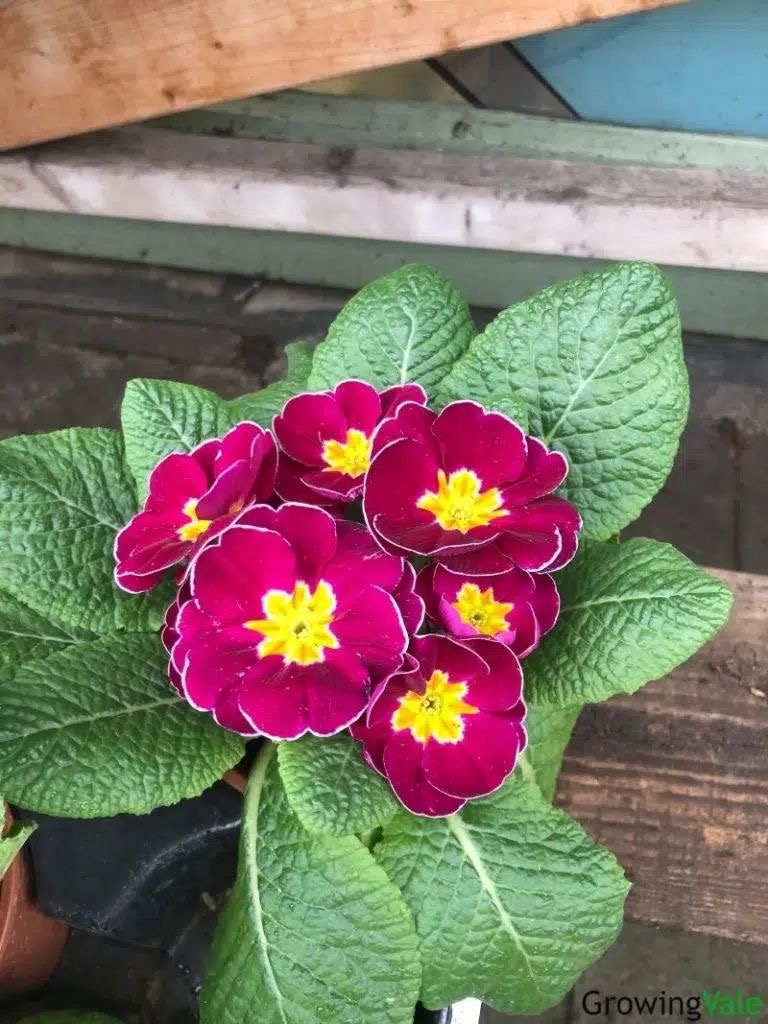

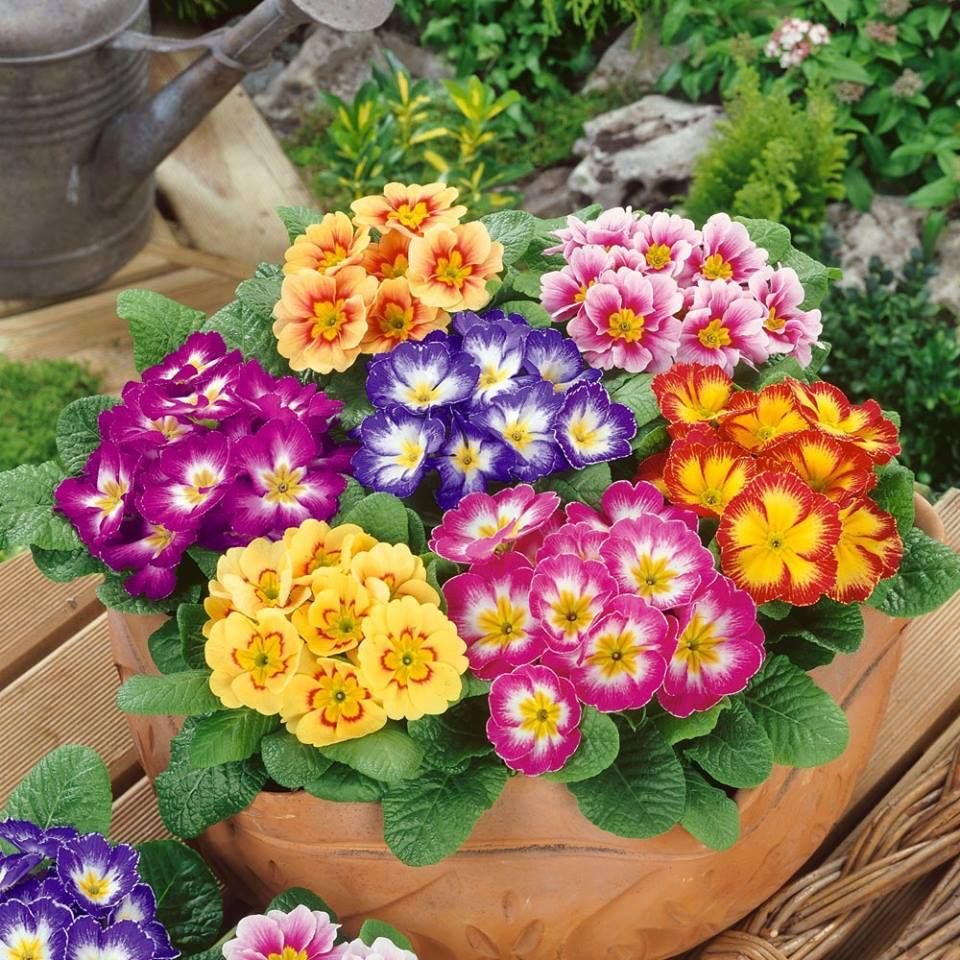
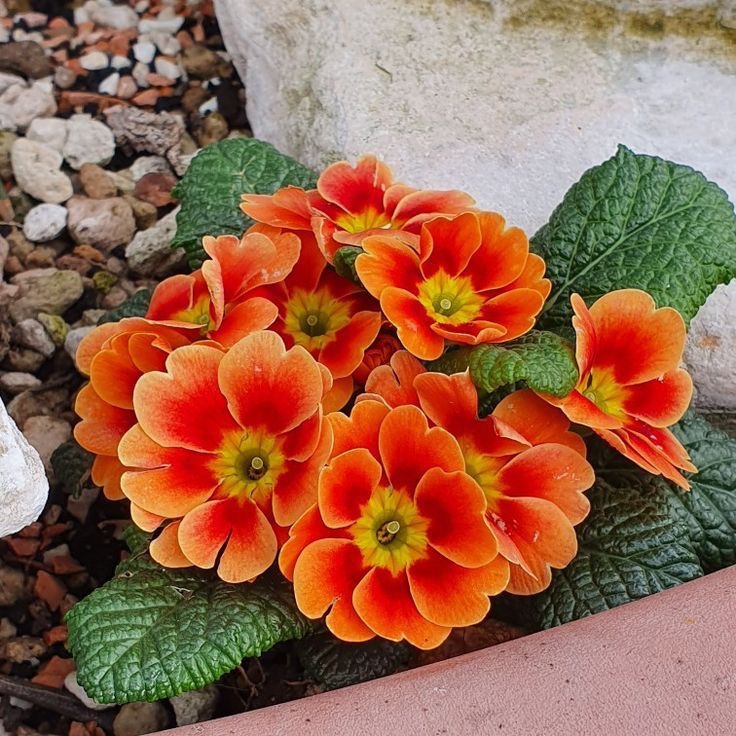
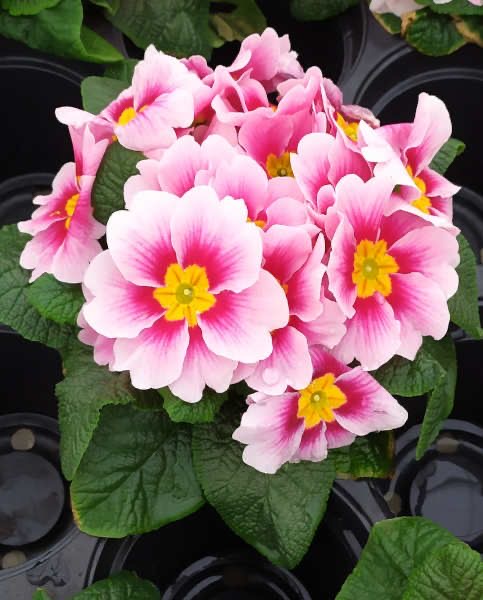
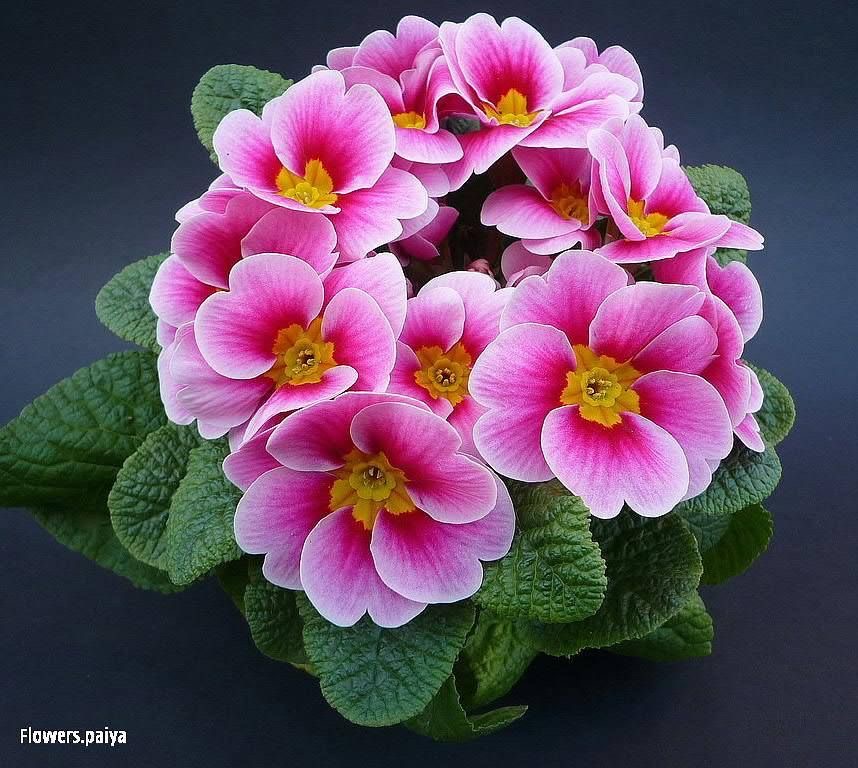
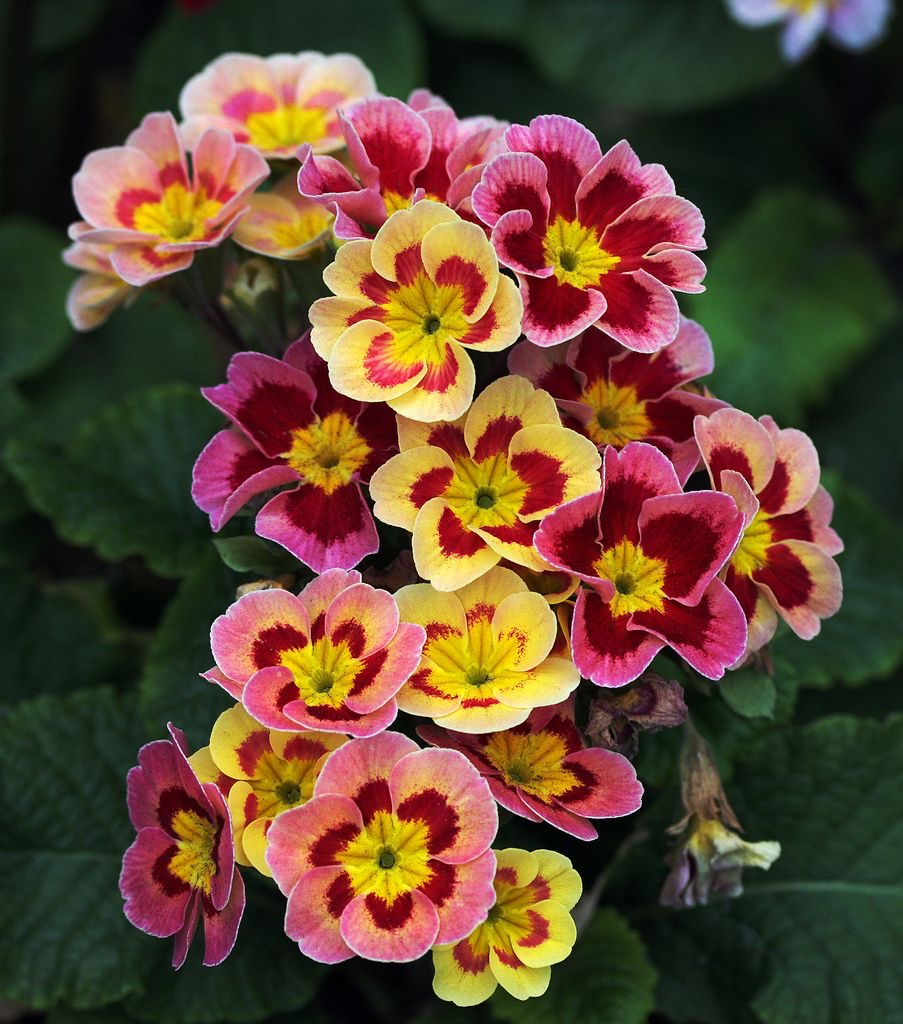
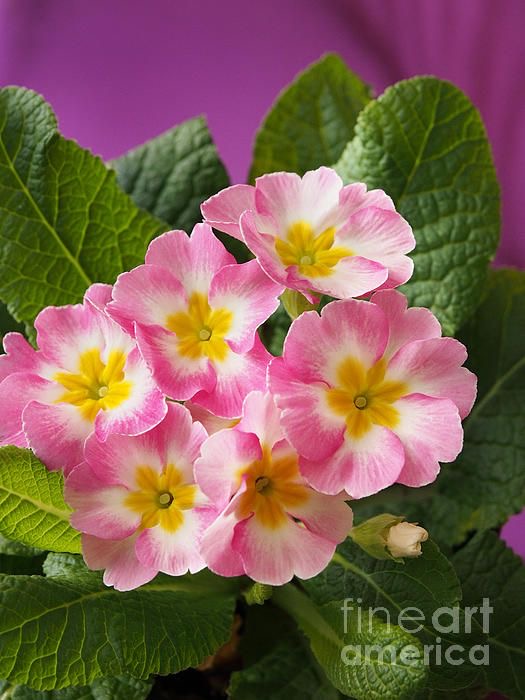
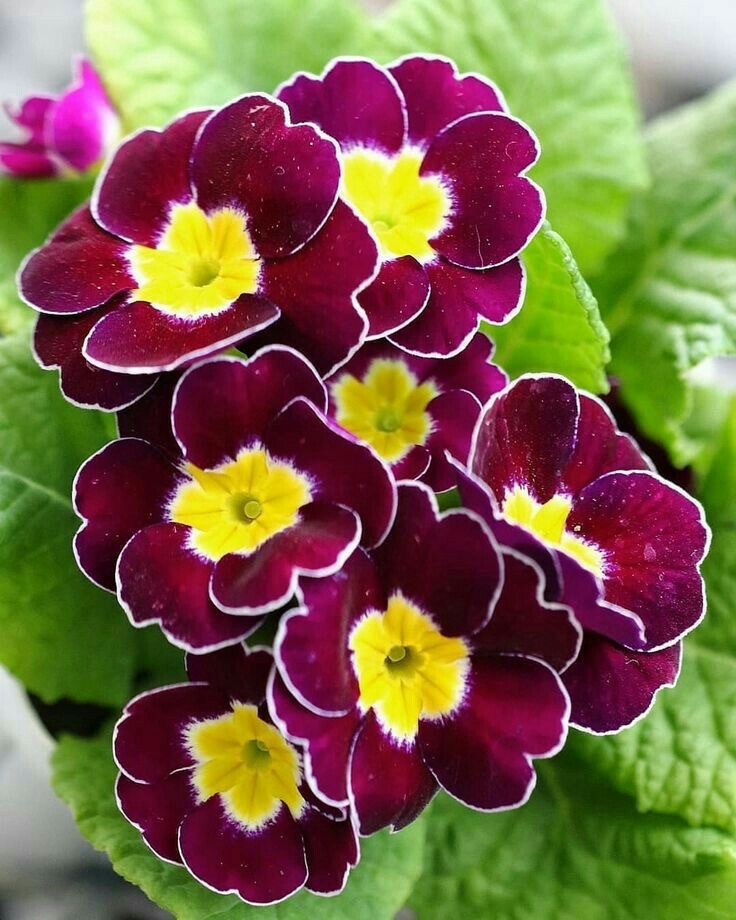
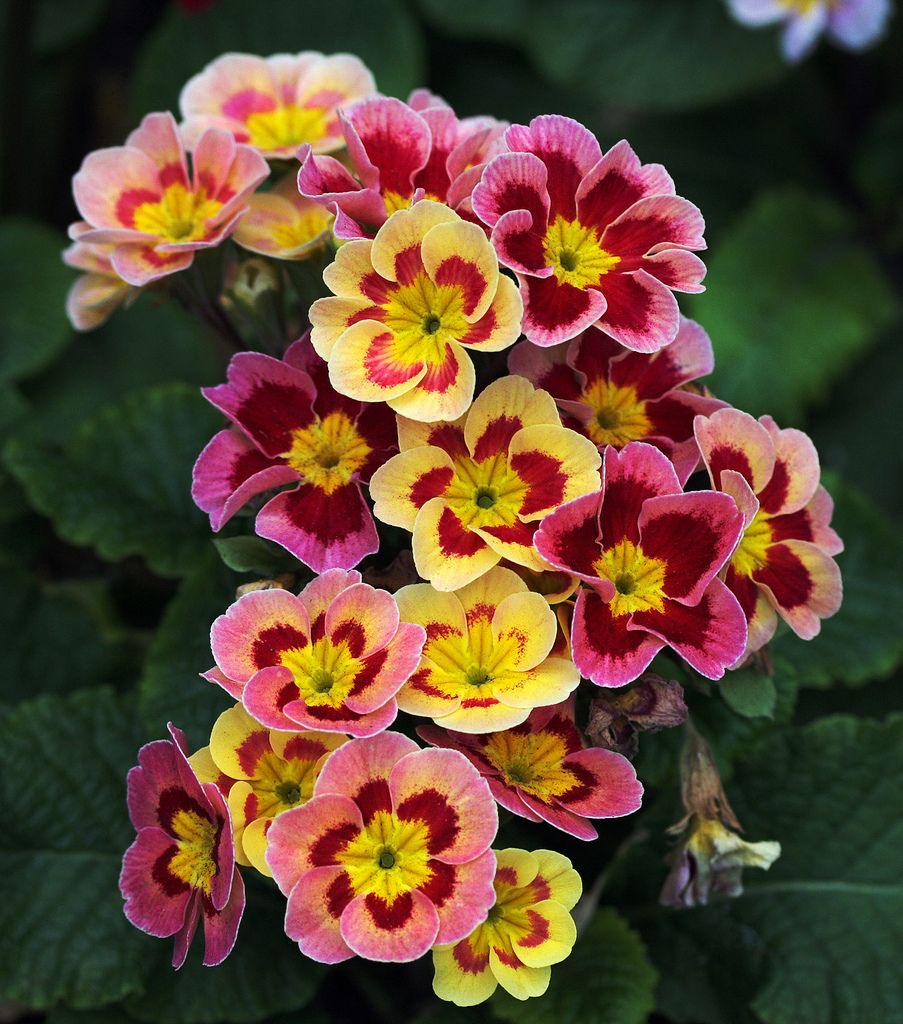
The Captivating Features of Primroses
Primroses are celebrated for their captivating features that make them a beloved addition to early spring gardens:
- Early Bloomers: Primroses are one of the first flowers to bloom in late winter to early spring, often when snow is still on the ground, providing a welcome burst of color.
- Vibrant Colors: They come in a wide range of colors, including shades of pink, purple, yellow, white, and red, adding vibrancy to gardens after the gray of winter.
- Variety of Forms: Primroses offer various flower forms, from single blooms to double blossoms, and they can have contrasting eye-catching centers.
- Low Growing: They have a low, mounding growth habit, making them suitable for the front of borders, rock gardens, and containers.
- Fragrance: Some varieties of Primroses emit a sweet, delicate fragrance that enhances the sensory experience of your garden.
- Edible: The leaves of some Primrose species are edible and can be used in salads or as a garnish.
Caring for Your Primroses
To ensure your Primroses thrive and continue to dazzle with their early spring beauty, follow these care guidelines:
- Location: Plant Primroses in a partially shaded to fully shaded spot in your garden. Morning sun or dappled shade is ideal.
- Soil: Ensure well-drained, humus-rich soil that stays consistently moist but not waterlogged. They prefer slightly acidic to neutral soil.
- Watering: Keep the soil consistently moist, especially during dry spells. Water at the base of the plants to prevent fungal issues.
- Mulching: Apply a layer of mulch around the base of the plants to help conserve soil moisture and regulate soil temperature.
- Fertilizing: Apply a balanced, slow-release fertilizer in early spring to promote healthy growth and flowering.
- Deadheading: Remove spent flowers to encourage continuous blooming and maintain a tidy appearance.
Incorporating Primroses into Your Garden
Here are creative ways to incorporate Primroses into your garden:
- Early Spring Borders: Plant Primroses at the front of early spring borders, where they can provide a burst of color alongside other early bloomers like crocuses and daffodils.
- Rock Gardens: Use Primroses in rock gardens to add a splash of color and delicate beauty among stones and gravel.
- Woodland Gardens: Create woodland garden areas with dappled shade, where Primroses thrive and complement the natural surroundings.
- Containers: Grow Primroses in containers on your patio or balcony to enjoy their cheerful blooms up close.
- Mixed Plantings: Combine Primroses with other shade-loving perennials like hostas, ferns, and bleeding hearts for a lush and varied display.
Primroses are a testament to the arrival of spring and a reminder of the beauty that emerges after the cold, gray days of winter. Their early blooms and vibrant colors bring joy to gardens and signal the start of a new gardening season.
Plant Primroses in your garden, and let their captivating presence remind you of the promise of renewal and the delights of spring.